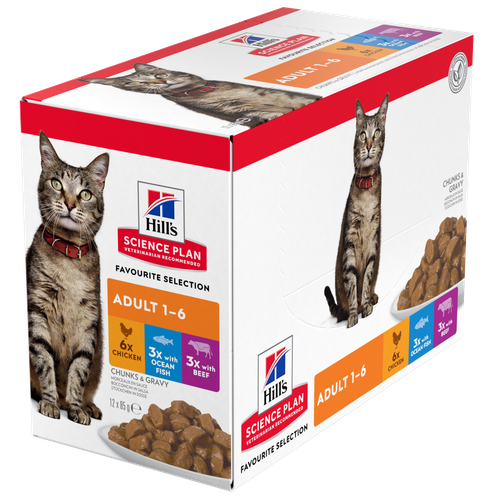About
Miniatures are not a separate AKC classification but compete in a class division for "11 pounds and under at 12 months of age and older." Weight of the standard size is usually between 7 and 14kg. There is no height standard for the Dachshund but they are usually under 22cm in height.All three types are known for their long backs and short muscular legs, which explains the unflattering nicknames "sausage hound" or "hot dog." They also have a long muzzle, long and droopy ears, and a tail carried in line with the back.The dachshund's coat can be shades of red, black, chocolate, white or grey. Some have tan markings or are spotted or dappled. Dachshunds live about 12 to 15 years.|
Personality
Despite their size, Dachshunds are known for their courageous nature and will take on animals much larger than themselves. Some may be aggressive toward strangers and other dogs.As family dogs, Dachshunds are loyal companions and good watchdogs. They are good with children if treated well. They can be slightly difficult to train.Some Dachshund fanciers say there are personality differences among the different varieties of the breed. For instance, the long-coat Dachshund is reportedly calmer than the smooth-coat variety, and the wire-coat Dachshund is more outgoing and clown-like.Dachshunds were bred as hunters so it is no surprise that many of them like to dig. Some are also barkers, and, in one survey, Dachshunds ranked high for destructiveness.
What to Expect
Dachshunds are prone to disk problems because they have a long back, so this dog is not a good choice for anyone with a lot of steps in their home. To further protect the Dachshund's back, the dog should not be allowed to jump on and off furniture, and their weight should be kept in check.The smooth-coat Dachshund requires little coat care other than an occasional rubdown or brushing. For the long-coat variety, daily brushing and combing is advised; the wire-coat Dachshund requires stripping at least twice a year. The breed is considered an average shedder.
History
The dachshund was bred in Germany hundreds of years ago to hunt badgers. "Dach" means badger and "hund" means dog. The three varieties of dachshund, smooth, wire and long-coated, originated at different times. The smooth was the first and arose from a mixture of a miniature French pointer and a pinscher. The breed also comes in two sizes: standard and miniature, with the standard the original size.The dachshund has short, strong legs that enables the dog to dig out prey and go inside burrows. Larger versions of the breed were used to chase deer or fox. Smaller dachshunds were bred for hunting hares and ferrets.The breed is still used for hunting, primarily in Europe, but in North America this dog is usually a family pet. In fact, it is one of the most popular AKC breeds.
Adopt a pet. Change a life.
Are you prepared to adopt a pet? Use these tools to make sure you are ready for the commitment.
Adopt a pet. Change a life.
Are you prepared to adopt a pet? Use these tools to make sure you are ready for the commitment.






















